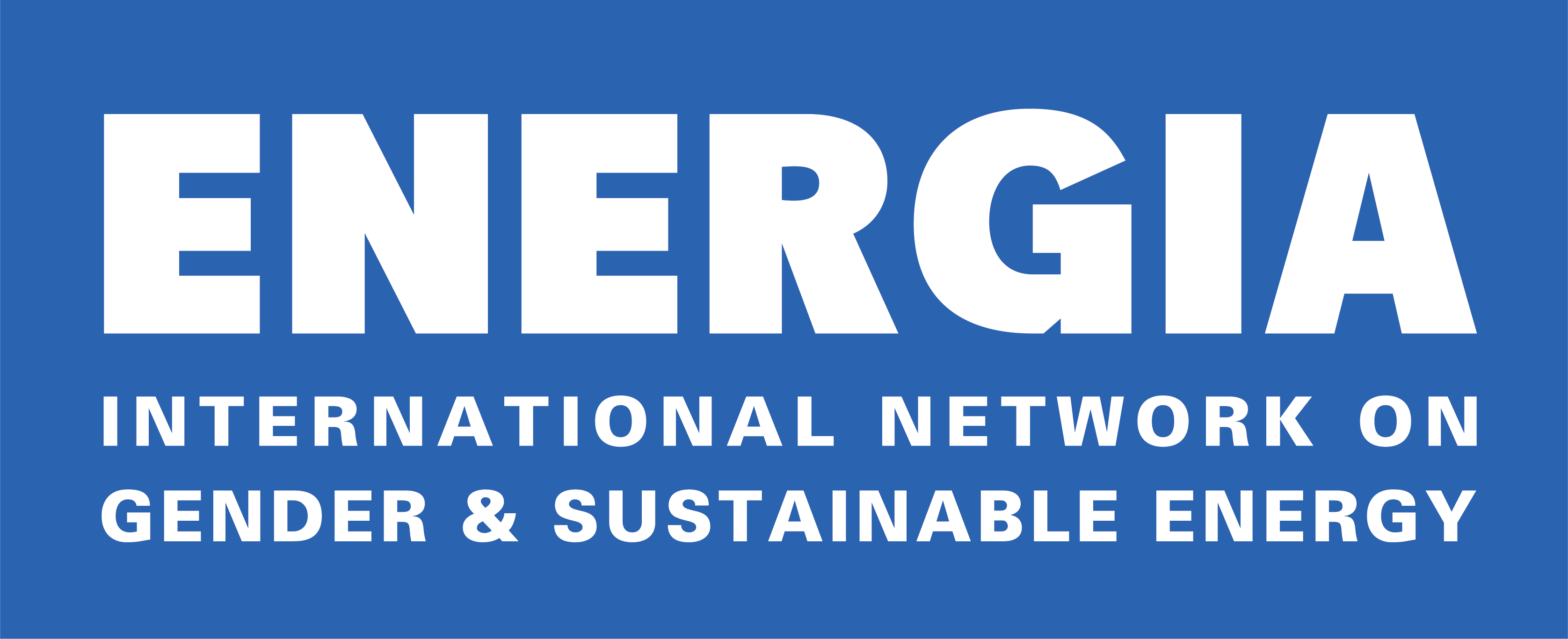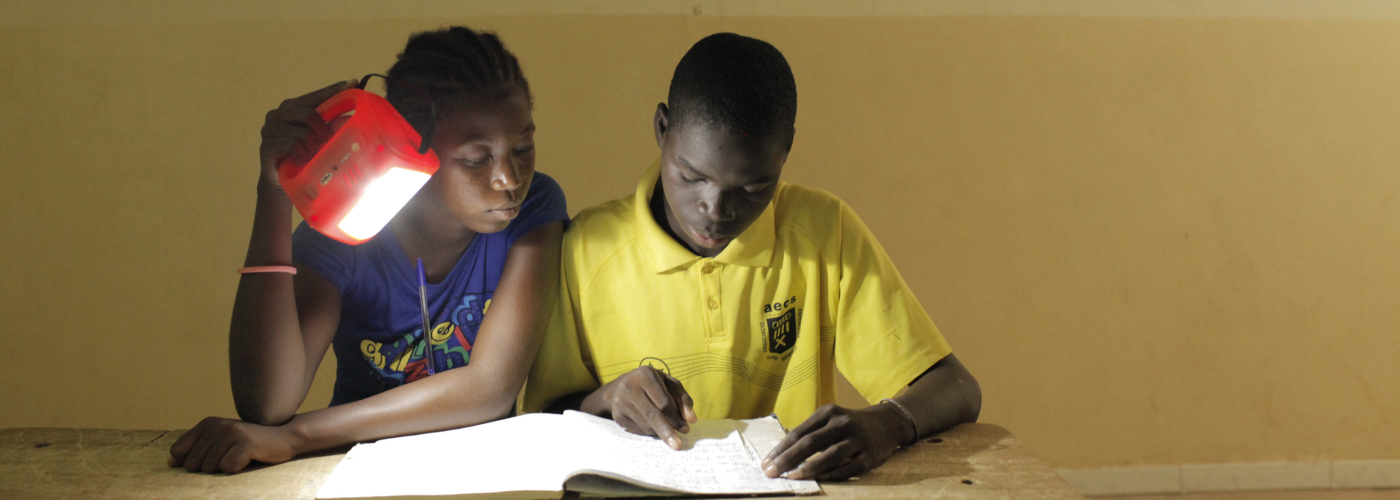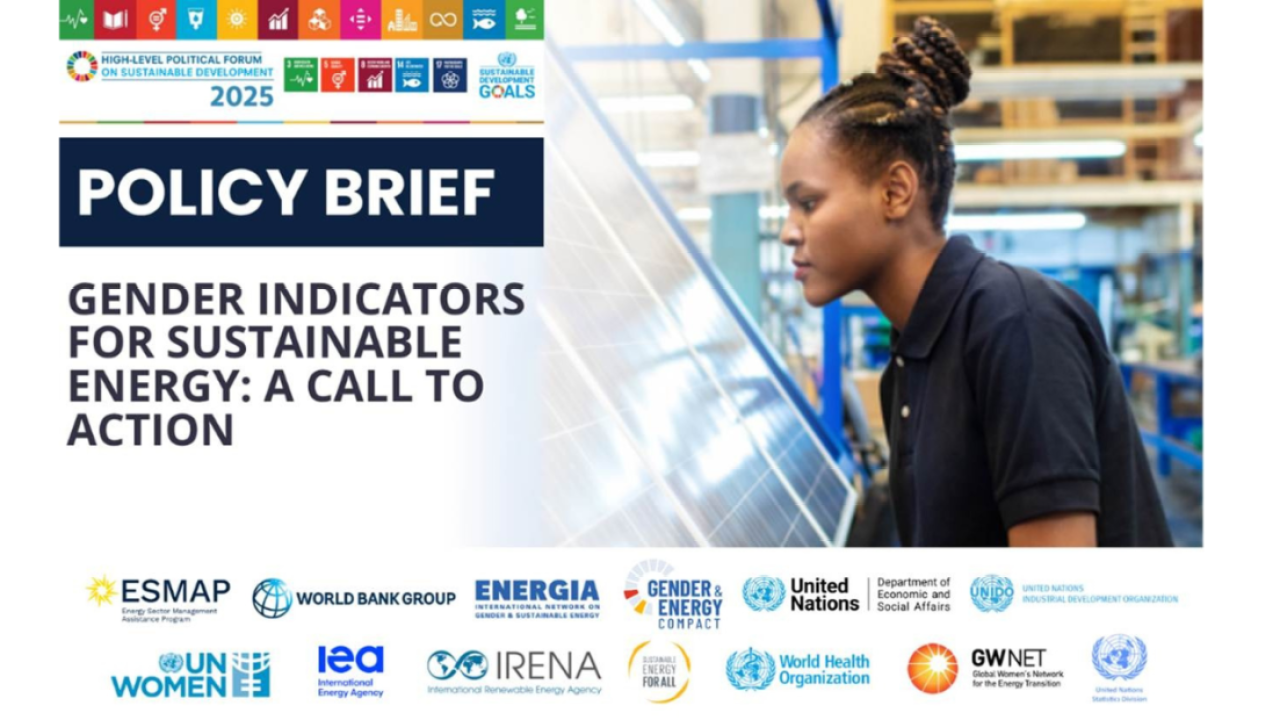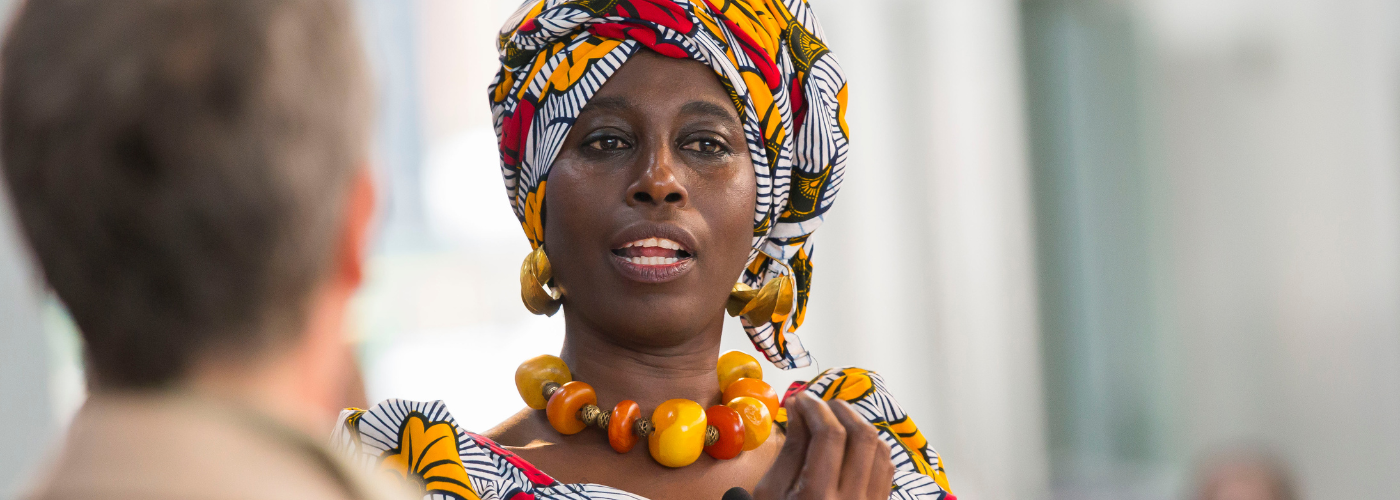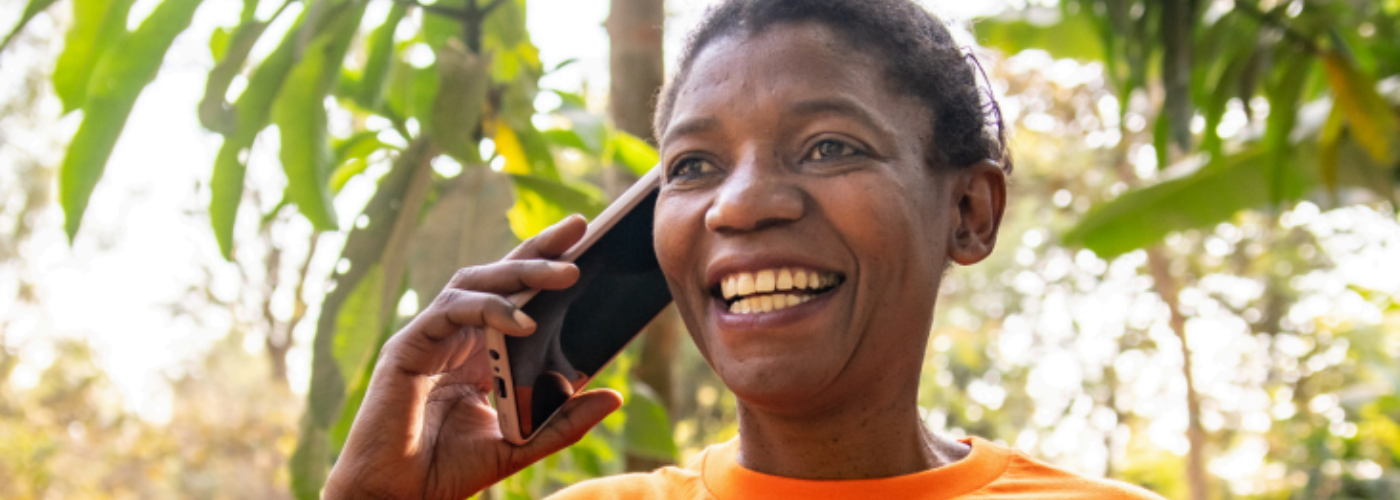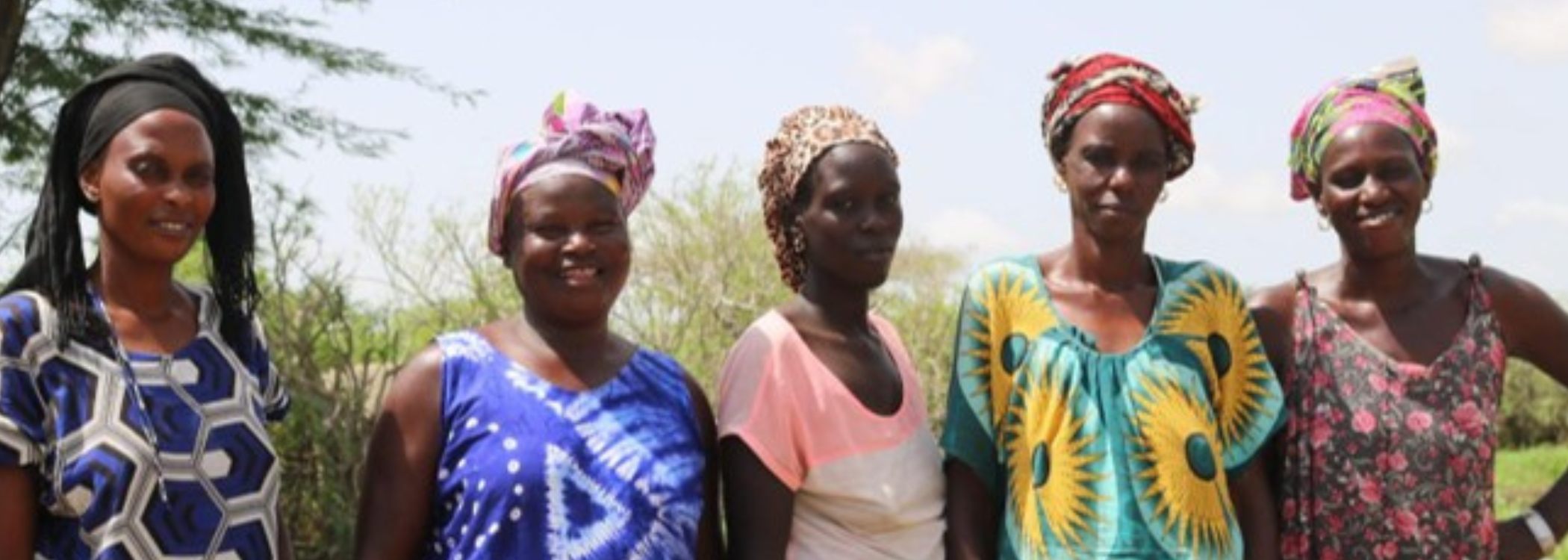This report examines the challenge of how to bring power to over one billion people who live without
electricity, mostly in very remote, rural areas in sub-Saharan Africa and South Asia. Countries in Africa and
Asia need reliable energy to power economic development, and off-grid renewable electricity offers new ways
to provide reliable sources of energy. African and Asian countries also have the opportunity to become world
leaders in renewable energy.
This report demonstrates that off-grid renewable electricity, particularly solar, now offers a wider range of
modern solutions, such as solar lamps and stand-alone solar panels, that are often cheaper, faster, more
reliable, safer, and cleaner than extending a centralised grid, or using kerosene and diesel. This technology is
a game changer to power people in rural areas and is challenging the historical approach that extending a
centralised grid is the best way to electrify a whole country. Faster progress is needed. Under a business-asusual scenario, almost 700 million people will still be without access to electricity in 2030, mostly in subSaharan Africa. That is equivalent to double the population of the UK and USA combined.
Off-grid renewable electricity, especially solar, provides the most viable way to ensure that everyone has
access to electricity in rural areas (contributing to Sustainable Development Goal (SDG) 7), according to the
International Energy Agency (2017). It offers a bottom-up and demand-led approach that can complement a
top-down planning approach based on the grid.
